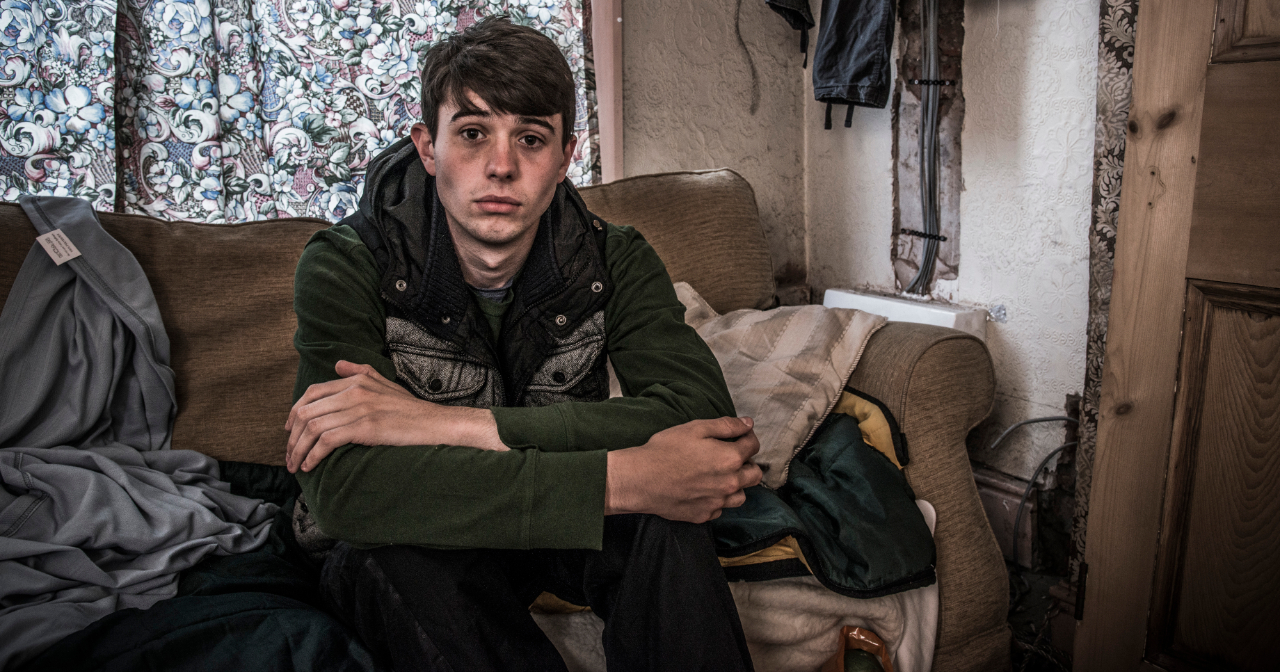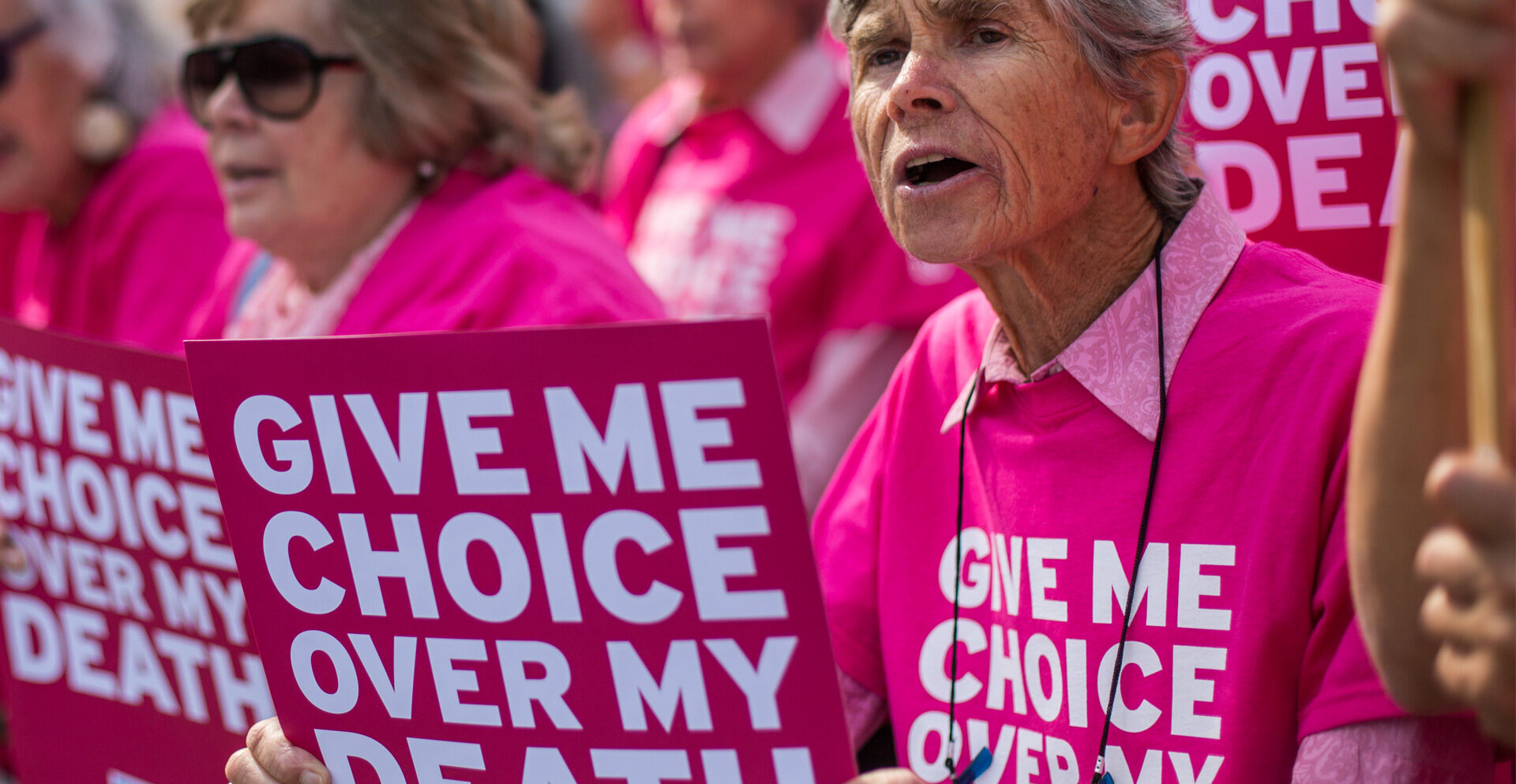The challenge
When the European Climate Foundation asked Forward Action and Hope for the Future – a climate communications charity – to test whether targeted climate messaging could reach disengaged groups, we knew it was a challenge worth taking on.
The project used Britain Talks Climate (BTC), a toolkit for engaging people on climate change. BTC identifies seven segments within the population and gives guidance on how to appeal to each.
Although the toolkit is based on extensive research with over 10,000 people, BTC had yet to be tested in practice by climate organisations. Our work would turn theory into tangible results.
What we did
Hope for the Future’s supporter base is largely made up of what BTC refer to as ‘Progressive Activists’, so we looked to reach three new segments: ‘Disengaged Traditionalists’,’ Disengaged Battlers’ and ‘Established Liberals’.

We held a creative session with Hope For The Future where we discussed the core values and worldview of each segment, as well as any red flags (ie, messaging that might put them off).
This inspired three different messaging framings to target each segment, ensuring that any new angles we developed still reflected Hope For the Future’s overarching messaging, voice and values, and didn’t alienate their existing audience.
To test the framings, we used handraisers – sign-up pages that frame an issue in a way that appeals to people’s values and asks them to add their name to show support. To confirm we were attracting the intended audiences, we directed people to an anonymous 16-question survey once they had signed.

We promoted each handraiser using multipleFacebook ads, testing copy and image combinations and let the data decide which ads or handraisers we scaled up and invested most budget in.
Our results
The campaign results were strong: 8,274 signatures, with a 74.3% opt-in rate, and 55.4% went on to complete the survey. The average cost per lead was 84p – 16p below target – and we recruited over 6,000 new supporters.
With more than 4,000 survey responses we were able to calculate with a high degree of accuracy who our campaigns had reached.
Key findings included:
- Disengaged audiences responded in far higher proportion to tailored messaging. One group was 400% more likely to engage with targeted content, with one handraiser variation achieving over 600 survey responses, and a click-to-response rate of 23%.
- Among Disengaged Traditionalists, our seaside towns handraiser performed significantly better, with 9.8% of respondents coming from our target segment, as opposed to 1.1% and 2.5%. This shows the value of testing multiple framings.
- Even though we didn’t target Loyal Nationalists, they were consistently the biggest proportion of responders after Progressive Activists. This group can be influential, especially with Conservative MPs, so this is an exciting opportunity to be explored further.
What’s the takeaway?
The project proved that the BTC toolkit is a useful resource for any cause, not just climate campaigns, and can enable organisations to develop tailored content that will reach and motivate new audiences, particularly those who are usually disengaged.
Messaging plays a key part in this, and it’s important to focus not just on demographics or characteristics, but people’s values too. Ask what they think about the world, what inspires them and what puts them off. Look for common ground as well as differences.
Many of these learnings can help any campaigning organisation reach and activate new audiences.


